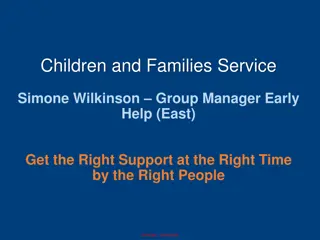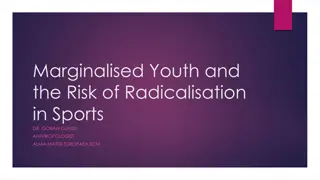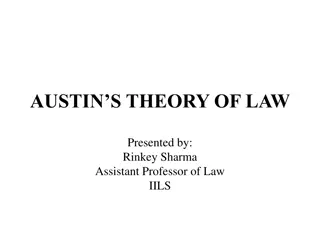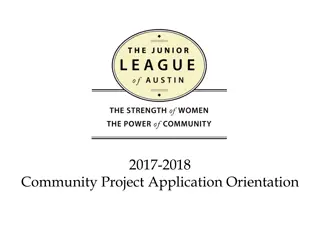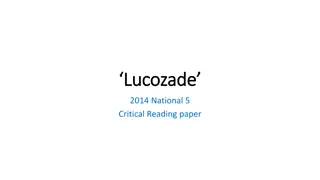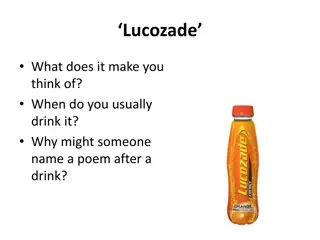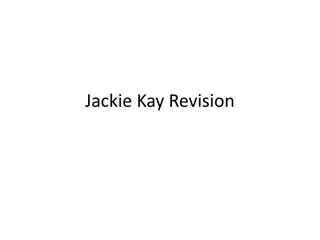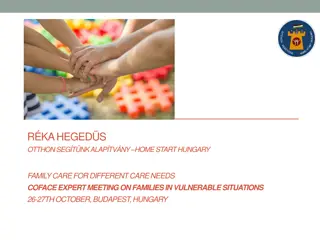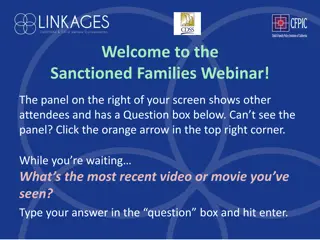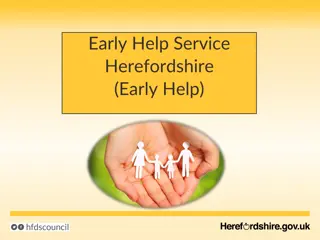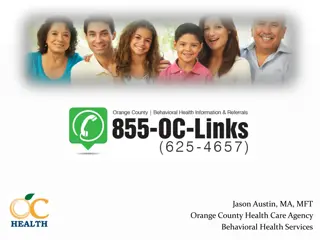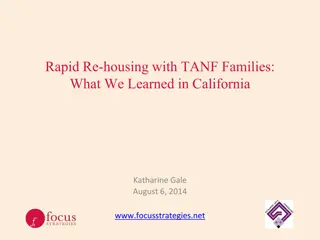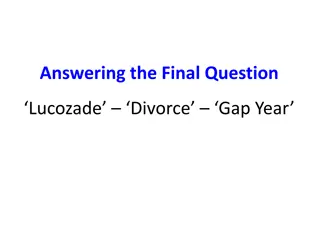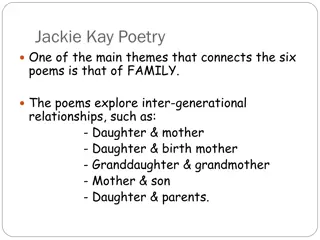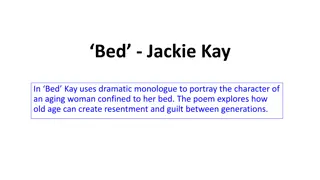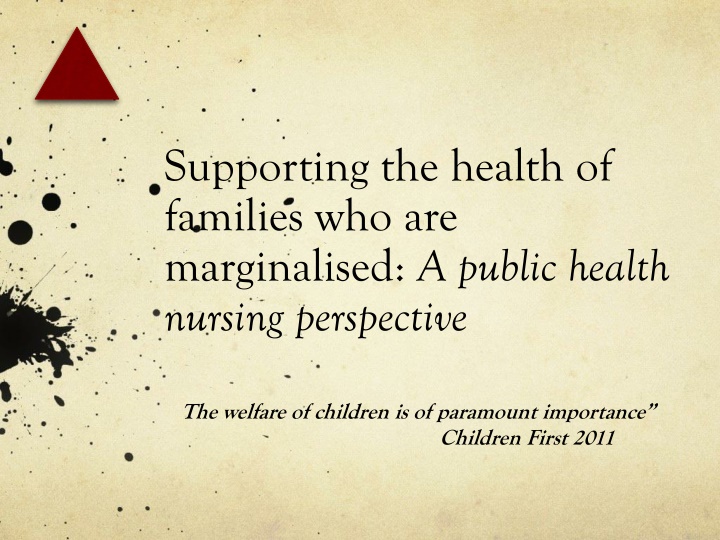
Supporting Marginalised Families: Public Health Nursing Perspective
Explore how public health nursing integrates with primary care to support the health and well-being of marginalised families, with a focus on children's welfare and specific services provided in a disadvantaged community.
Download Presentation

Please find below an Image/Link to download the presentation.
The content on the website is provided AS IS for your information and personal use only. It may not be sold, licensed, or shared on other websites without obtaining consent from the author. If you encounter any issues during the download, it is possible that the publisher has removed the file from their server.
You are allowed to download the files provided on this website for personal or commercial use, subject to the condition that they are used lawfully. All files are the property of their respective owners.
The content on the website is provided AS IS for your information and personal use only. It may not be sold, licensed, or shared on other websites without obtaining consent from the author.
E N D
Presentation Transcript
Supporting the health of families who are marginalised: A public health nursing perspective The welfare of children is of paramount importance Children First 2011
Public Health Nursing Public Health Nursing integrates with primary care to provide a service to people in the community The focus of Public Health Nursing is to promote Health and Wellbeing and to provide quality clinical care.
The PHN PHN: Caseload holder in a primary care setting Child Health Older Person Disability Clinical activity
PHN Services Specific to Child and Family Child Health and Well Being Children with Life Limiting Conditions Complex Care Needs Early Learning Support Child Protection and Welfare
Child Health and Well Being Parent craft/ Antenatal Classes Postnatal Pilates and Baby Massage (Physio Team) Birth Notification within 48-72 hours Neonatal Screening 72hrs post delivery Nurse led Developmental Assessments Breast feeding support Infant feeding/ nutrition/ weaning programme Child Protection and Welfare (CF 2011)
Child Health Well Being continue Child Safety Awareness Programme Follow up Infant Immunisation Programme Child and Family Health Needs Assessment (Development /Parenting/ Environment) Parenting Programmes Community Mothers Programme Postnatal Depression Screening (PAC 2005) Primary/ Post Primary Immunisation/ School Screening Programme
Area Profile West Tallaght Population 47,540 ( CSO 2011) 2 of the 4 disadvantaged communities; highest areas of deprivation in the country (Kelly & Tekjeur 2013) One of the electoral areas; highest growth in population 22% increase (CSO 2011)
Profile continued; the context 2700 Births annual ( DSW/ HSE 2014) 1200 are in West Tallaght 600 families are from African, Asian and Eastern European countries (PHN records 2014) 54 births born to Traveller mothers in DSW 38 in West Tallaght (PHN Records 2014) 400 of 652 referred to Tusla were from West Tallaght (first 4 months of 2015 Tusla DSW)
Families: an every day encounter Families from other countries Traveller families Drug and Alcohol use Domestic violence Mental Health issues
Families; continued Disabilities; intellectual disabilities/ autism/ behavioural issues Physical Disabilities Children with life limiting conditions Poverty>> homelessness and risk of homelessness/ relocation >> >>>>>> Isolation and Stress
Traveller Women; a snap shot Traveller females, life expectancy 70.1 2008 General Female , life expectancy 80 2008 Infant mortality rate (12 per 1000) 4 times general population 129 Female prisoners 21 were Travellers (Traveller women 22 times more at risk of prison) (AITHS 2010)
Roma families The Case of Child A removed form his family home in Athlone 2013 The Case of Child T removed from her family home in Tallaght 2013 Significance of the information recorded by the PHN in both cases The Emily Logan Report (2014)
Adverse Childhood Experiences ACE ACE: Largest study of its kind examines the health and social effects of adverse childhood experiences over a lifespan (The Centres for Disease Control and Prevention 2014) Adverse childhood experiences are the most basic cause of health risk behaviours, morbidity, disease, mortality disability, and health care costs ((Fellitti & Anda 2010 ) Professor Trevor Spratt TCD Director of the Children s Research Centre
Interagency No one professional has all the skills, knowledge, or resources comprehensively meet all the requirements of an individual case. It is essential therefore that a coordinated response is made by all professionals involved with a child and his carer/s (Children First 2011). necessary to
Interagency Projects McUlliam Project: Barnardos and PHN: A Parent Toddler & Child Health Project (Barnardos/ HSE 2014) Set up in 2012 in response to a recent closure of a preschool facility PHN finding it difficult to access families and young children Mother and Toddler Group and Child Health Clinic/ (Developmental/ Parenting/ Environment)
Antenatal to Three Initiative ATTI Government s Area Based Childhood Programme ABC Improve health, education and social outcomes for children who live in poverty and social exclusion Improve the effectiveness of existing services 0 to 3 Consultation Finding: Up to 50 services working across the spectrum, Interagency tends to be reactive/ Need for a coordination approach (CDI 2015) To Date: Speed Network/ Interagency Approach: Maternal Mental Health / Infant Mental Health (Attachment) Report available from CDI Tallaght West (Haran 2015)

